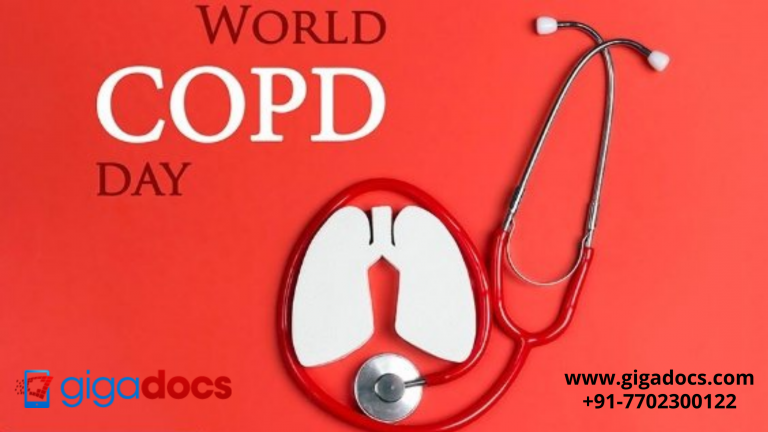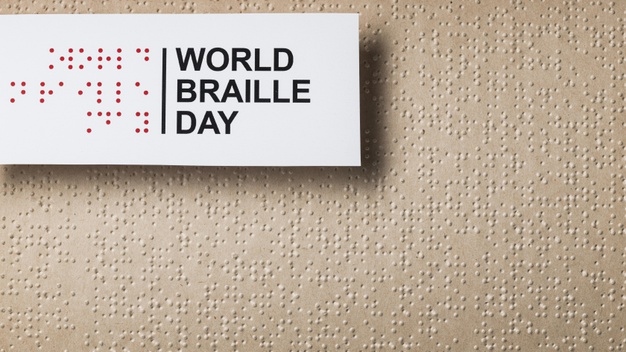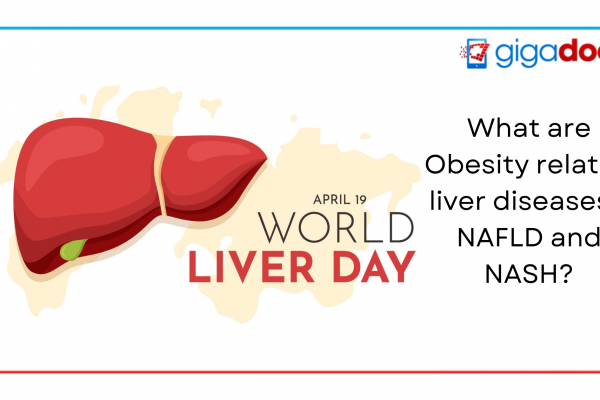Life with COPD can be challenging- it is a degenerative disorder, with no cure at present- causing the daily tasks to become increasingly difficult.
Chronic obstructive pulmonary disease (COPD) is a term used to describe a set of lung diseases that can cause shortness of breath. According to the CDC, COPD accounts for an estimated 300 million cases and is the third highest cause of mortality worldwide. As we remember World COPD Day, let us learn more about this chronic lung illness, including its causes, symptoms, risks, diagnosis, and treatment options available.
Causes of COPD
Do you use tobacco? Yes? Then reading this will be beneficial.
Cigarette smoking is the primary preventable cause of COPD, and preventative strategies include reduced exposure to it. Controlling other harmful agents’ exposure can also help lower the number of COPD patients. Other significant COPD causes include occupational exposures, which account for an estimated 14% of all cases.
Mineral dust (coal mine dust, silica, asbestos), organic dust (cotton, wool, grains), metal/welding fumes (cadmium), diesel/engine exhaust fumes, asphalt/tar fumes or vapors in road and roofing operations, smoke from fires. Chemical gases or vapors are all workplace agents that aggravate COPD.
COPD Signs and Symptoms
COPD symptoms frequently do not appear until considerable lung damage is done, and they typically worsen with time, particularly if smoking is continued. COPD symptoms and signs may include:
- Breathing difficulties, particularly during vigorous activity
- Wheezing
- Tightness in the chest
- A continuous cough and different colored mucus can be yellow, greenish.
- Respiratory congestions
- Loss of energy
- Weight loss which cannot be explained
- Swelling in the ankle, foot, or legs.
COPD: Who is at Risk?
- Tobacco smoke exposure- The most major risk factor for COPD is long-term cigarette smoking. More the packs you smoke and the longer you smoke, the greater is your danger. Cigar or Pipe smokers and those who are exposed to high levels of secondhand smoke are also at risk.
- Asthma- Asthma, a chronic inflammatory airway disease, has been linked to an increased risk of developing COPD. Asthma combined with smoking raises the risk of COPD even further.
- Industrial dust and toxin exposure- Long-term industrial exposure to hazardous fumes, vapors, and dust can irritate and cause lung inflammation.
- Exposure to fumes produced by gasoline combustion- People exposed to burning fuel and heating in poorly ventilated households are more likely to acquire COPD in developing countries.
- Hereditary Genetics- Some cases of COPD are caused by a rare genetic condition called alpha-1-antitrypsin deficiency.
Conditions Contributing to COPD
The two most important conditions that contribute to COPD are emphysema and chronic bronchitis. These comorbidities frequently coexist and can vary in severity among COPD patients. Let’s discuss these factors more in detail-
- Chronic bronchitis is the inflammation of the lining of the bronchial tubes, which carry air to and from the lungs’ alveoli (air sacs). It is identified by daily cough and the production of mucus (sputum).
- Emphysema is a disorder in which the alveoli at the end of the lungs’ tiniest air channels (bronchioles) are damaged due to tobacco smoking and other irritating gases and pollutants.
| World COPD Day November 17th is World COPD Day. This year’s theme revolves around ” Healthy Lungs — Never More Important”. The purpose of this year’s COPD day is to emphasize that the burden of COPD continues- the COVID pandemic has only accelerated it. COPD is a leading cause of death globally. The Covid pandemic taught us that there has never been a more important time to prioritize lung health than it is now. |
COPD Diagnosis
GOLD System for Grading COPD
GOLD is an abbreviation of the Global Initiative for Chronic Obstructive Lung Disease. The GOLD parameter was founded way back in 1997, by the WHO, National Institutes of Health, and the National Heart, Lung, and Blood Institute. This system explains the stages of COPD based on four factors that are-
- How serious are your current symptoms?
- Your spirometry findings
- The likelihood that your COPD may worsen
- The occurrence of additional health conditions
GOLD brings attention to the seriousness of COPD and works with doctors and other health professionals to develop positive COPD prevention and management strategies. It also sets the criteria that most clinicians follow to diagnose and treat COPD.
COPD Assessment Test (CAT) scores
| COPD Stages | COPD Stage Explanation | |
| GOLD 1 | Mild | You might not have any symptoms. When walking quickly on level ground or climbing a little incline, you may feel out of breath. |
| GOLD 2 | Moderate | If you’re walking on level ground, you may need to take a few minutes to collect your breath every few minutes. |
| GOLD 3 | Severe | You might be out of breath to leave the house. Even basic tasks like dressing and undressing can make you get out of breath. |
| GOLD 4 | Very Severe | This stage is also known to be the end-stage COPD, where the chances of lung or heart failure are pretty high. It might get challenging to catch your breath when you are in a sedentary position or taking a rest. |
COPD Complications
- Infections of the lungs- COPD patients are more susceptible to colds, the flu, and pneumonia. Any respiratory illness can make breathing difficult and cause severe damage to lung tissue.
- Heart issues- COPD can increase the risk of cardiovascular disease, including heart attack, for reasons that are not fully understood.
- Cancer of the lungs- COPD patients are at an increased risk of acquiring lung cancer.
- High blood pressure- COPD may result in high blood pressure in the arteries that supply blood to your lungs (pulmonary hypertension).
- Depression- Breathing difficulties can prevent you from participating in activities that you enjoy. Dealing with COPD might also contribute to the onset of depression.
COPD Prevention
COPD, unlike certain diseases, usually has a clear source and a clear path of prevention, and there are techniques to halt the disease’s course. The vast majority of instances are directly tied to cigarette smoking, and the best strategy to avoid COPD is never to smoke – or to quit smoking right now.
If you’ve been a smoker for a long time, quitting may not seem so simple, especially if you’ve attempted quitting previously – once, twice, or many times. However, keep trying to quit. It’s your best bet for preventing lung damage.
COPD Treatment | Consulting a Doctor with Gigadocs
If you can’t catch your breath, have considerable blueness of your lips or fingernail beds (cyanosis), have a rapid heartbeat, or feel foggy with persistent difficulty in concentrating, get immediate medical attention.
Consult a pulmonologist if your symptoms do not improve or if you observe symptoms of an infection, like fever or a change in phlegm. Book an appointment with a pulmonologist on the Gigadocs app and consult doctors from the comfort of your own home. To book, download the Gigadocs app from-
- IOS App – apple.co/2W2iG4V
- Android App – bit.ly/33AQoRC
To know more and schedule a Virtual Consultation demo, e-mail at info@gigadocs.com




